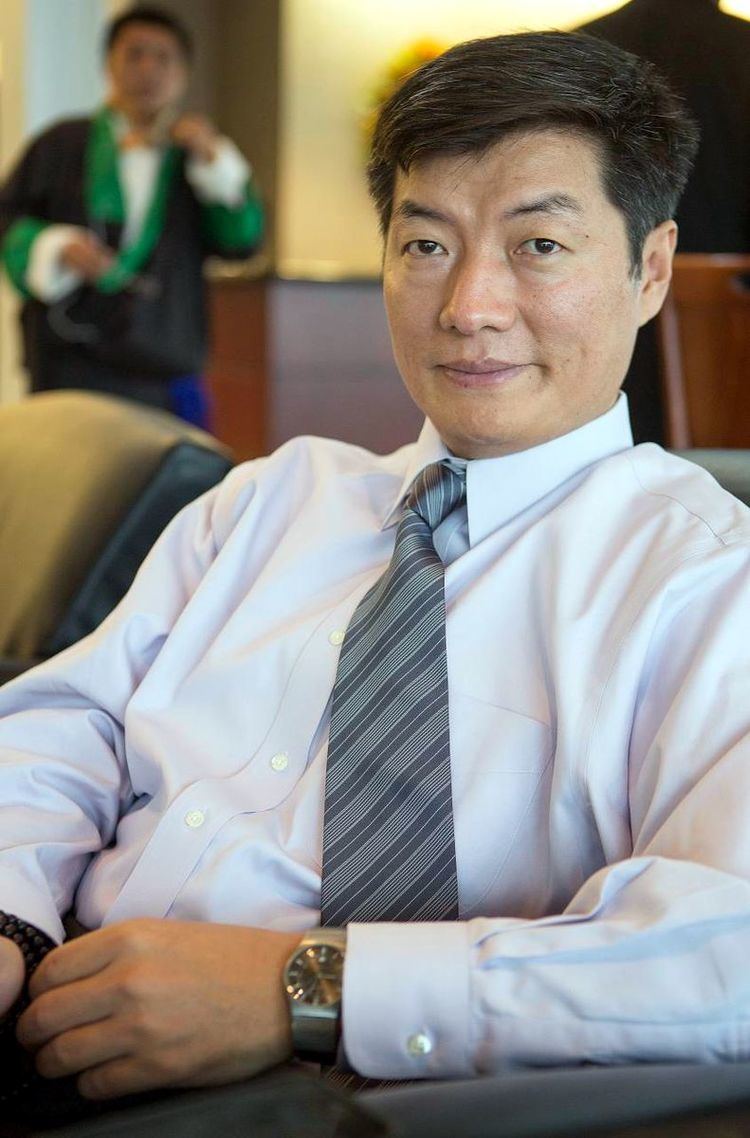October 18, 2015. March 20, 2016 2021 → 57.3% 42.7% | 33,234 24,752 | |
 | ||
Elections for the office of Sikyong (Prime Minister) and the Chitue (Members of the) Tibetan Parliament in Exile were held between October 18, 2015 and March 20, 2016. Tibetans in exile voted for the fourth time their political representative and executive of the Central Tibetan Administration the self-proclaim Tibetan government in exile. The election was overseen and organized by the independent CTA agency, Tibetan Election Commission.
Incumbent Prime Minister Lobsang Sangay run for re-election winning with 57.3% of the votes in the second round, over his main rival Speaker of the Parliament in Exile, Penpa Tsering. Other candidates were Chairman of the Federation of Tibetan Cooperatives in India Tashi Wangdu and former Chinese political prisoner and president of Tibetan Ex-Political Prisoner's Association, Lukar Jam. Except for Jam, all other candidates abide to the “Middle Way Approach" about the Chinese-Tibetan relationship, same that is endorse by the Dalai Lama, and consist in achieve real autonomy for Tibet inside the Chinese territory. Jam on the other hand is the only candidate that openly wants full independence of Tibet from China.
For the first time this election showed and proliferation of political parties, something unusual in Tibetan politics. The National Democratic Party, a moderate independent leaning party has been traditionally the only political party in the Tibetan diaspora. The NDPT endorsed both Sangay and Pempa Tsering for their current offices. The pro-Middle Way approach Tibetan People’s Party endorsed Wangdu and also presented its own candidates for Parliament and the radically separatist Tibetan National Congress endorsed Jam.
Candidates needed to pass a preliminary election held on October 18, 2015 in which candidates required at least 33% of the votes in order to be eligible for March’s election.
